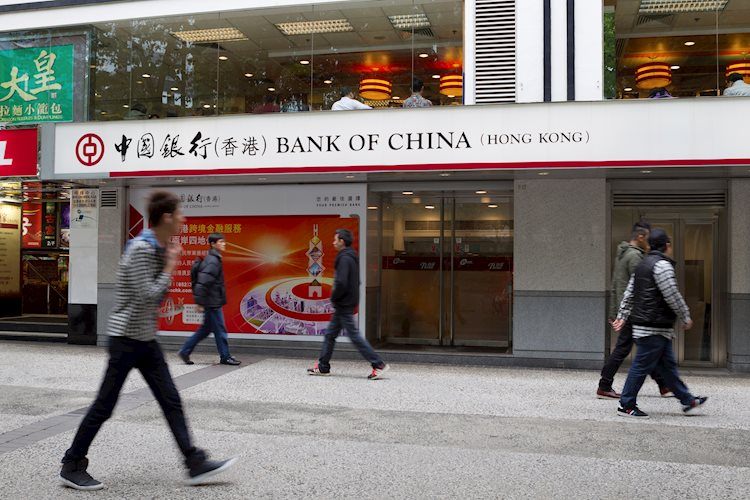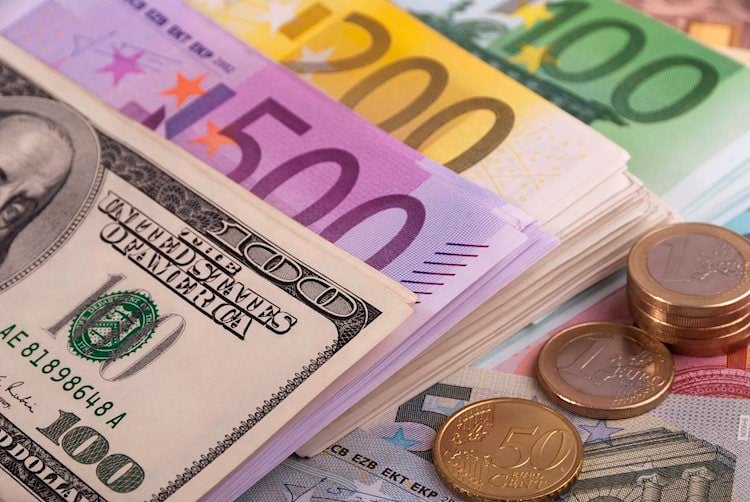After its ATH, BTC dipped 20%, marking deepest correction on a closing basis since FTX lows in November 2022.
Amid a resilient macro uptrend, Bitcoin price consolidates in a falling wedge pattern.
Former President Donald Trump says, “Biden doesn’t even know what” crypto is, urging America’s pro-crypto community to vote for him.
Bitcoin (BTC) price is on a load-shedding exercise from a big-picture outlook, recording lower highs since March. However, despite the severity of the correction, it has not been enough to threaten the big-picture bullish outlook.
Also Read: Bitcoin price drops, but holders with 100 to 1000 BTC continue to buy up
Since its all-time high on March 14 at $73,777, Bitcoin price has been unable to reclaim this level, with the price action thereafter characterized by lower highs. The lowest this dump has gone is a 23% fall to the May 2 intraday low after BTC bottomed out at $56,911.
Currently, Bitcoin price is about 20% below its all-time high, with Glassnode analysts observing that this “is the deepest correction on a closing basis since the FTX lows in [November] 2022.” Nevertheless, the big picture outlook for BTC remains bullish, with the “macro uptrend still passing as one of the most resilient in history, with comparatively shallow corrections thus far,” Glassnode notes.
Specifically, despite short-term fluctuations or market pressures, the overall long-term trend of increasing prices for Bitcoin remains intact. This resilience indicates that there is strong ongoing demand for Bitcoin and confidence in its future value. Investors are willing to hold onto their positions even during periods of volatility. It suggests that the market sees potential for continued growth in the value of Bitcoin over time.
Meanwhile, as US presidential election campaigns continue to heat up, former President Donald Trump is now pivoting on crypto and digital assets to attract voters from this burgeoning sector. In a recent statement, he said, “Biden doesn’t even know what” crypto is, urging, “If you’re in favor of crypto, you better vote for Trump.”
Trump also committed to stopping the hostility toward crypto in the US, embracing the sector and announcing that he is accepting presidential campaign donations in cryptocurrency.
Bitcoin price continues to consolidate within a falling wedge pattern, formed when the price consolidates between two converging trendlines that slope downward. As the price continues to move within this pattern, it usually indicates a temporary pause or retracement in a downtrend.
When the price breaks out above the upper trendline of the falling wedge pattern, it is often seen as a bullish signal. This breakout suggests that buying pressure is building up and that a potential trend reversal or uptrend could follow. Traders may interpret this breakout as a signal to go long or enter a buy position.
This is likely as Bitcoin price is also still holding in the upper section of the Bollinger Bands indicator, holding well above the centerline (a Simple Moving Average), which is trailing the price from below at $56,718. This shows bullish momentum is intact. Volatility is low given the proximity of the price to the SMA.
The immediate support for Bitcoin price is due to the Smooth Moving Average (SMMA) at $61,452. This support level holding adds to the upside potential for BTC.
The Relative Strength Index (RSI) has also managed a series of higher lows on the weekly time frame, which adds credence to the supposition that the macro uptrend remains very much intact.
As explained in a previous FXStreet publication, the profit target for the falling wedge pattern is a 20% move above breakout point to the area near $71,116. In a highly bullish case, Bitcoin price could extend to take back the $73,777 peak.
BTC/USDT 1-week chart
On the other hand, enhanced seller momentum could see the downtrend extend. A move below the centerline of the Bollinger indicator at $56,719 would encourage sell orders. The next logical target would be a retest of the previous liquidity pool below $60,660.
However, for the bullish thesis to be invalidated, the bears must shove BTC to break and close below 52,654 on the weekly time frame. This could see Bitcoin price provide another buying opportunity around the $50,000 psychological level.
The developer or creator of each cryptocurrency decides on the total number of tokens that can be minted or issued. Only a certain number of these assets can be minted by mining, staking or other mechanisms. This is defined by the algorithm of the underlying blockchain technology. Since its inception, a total of 19,445,656 BTCs have been mined, which is the circulating supply of Bitcoin. On the other hand, circulating supply can also be decreased via actions such as burning tokens, or mistakenly sending assets to addresses of other incompatible blockchains.
Market capitalization is the result of multiplying the circulating supply of a certain asset by the asset’s current market value. For Bitcoin, the market capitalization at the beginning of August 2023 is above $570 billion, which is the result of the more than 19 million BTC in circulation multiplied by the Bitcoin price around $29,600.
Trading volume refers to the total number of tokens for a specific asset that has been transacted or exchanged between buyers and sellers within set trading hours, for example, 24 hours. It is used to gauge market sentiment, this metric combines all volumes on centralized exchanges and decentralized exchanges. Increasing trading volume often denotes the demand for a certain asset as more people are buying and selling the cryptocurrency.
Funding rates are a concept designed to encourage traders to take positions and ensure perpetual contract prices match spot markets. It defines a mechanism by exchanges to ensure that future prices and index prices periodic payments regularly converge. When the funding rate is positive, the price of the perpetual contract is higher than the mark price. This means traders who are bullish and have opened long positions pay traders who are in short positions. On the other hand, a negative funding rate means perpetual prices are below the mark price, and hence traders with short positions pay traders who have opened long positions.
Share:
Cryptos feed
Information on these pages contains forward-looking statements that involve risks and uncertainties. Markets and instruments profiled on this page are for informational purposes only and should not in any way come across as a recommendation to buy or sell in these assets. You should do your own thorough research before making any investment decisions. FXStreet does not in any way guarantee that this information is free from mistakes, errors, or material misstatements. It also does not guarantee that this information is of a timely nature. Investing in Open Markets involves a great deal of risk, including the loss of all or a portion of your investment, as well as emotional distress. All risks, losses and costs associated with investing, including total loss of principal, are your responsibility. The views and opinions expressed in this article are those of the authors and do not necessarily reflect the official policy or position of FXStreet nor its advertisers. The author will not be held responsible for information that is found at the end of links posted on this page.
If not otherwise explicitly mentioned in the body of the article, at the time of writing, the author has no position in any stock mentioned in this article and no business relationship with any company mentioned. The author has not received compensation for writing this article, other than from FXStreet.
FXStreet and the author do not provide personalized recommendations. The author makes no representations as to the accuracy, completeness, or suitability of this information. FXStreet and the author will not be liable for any errors, omissions or any losses, injuries or damages arising from this information and its display or use. Errors and omissions excepted.
The author and FXStreet are not registered investment advisors and nothing in this article is intended to be investment advice.





